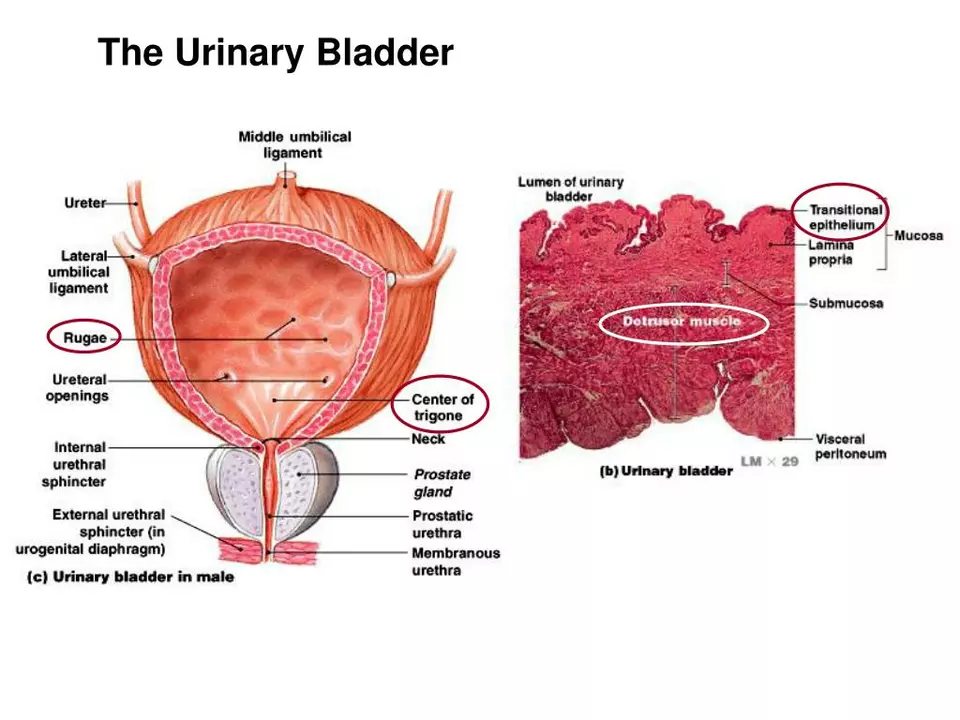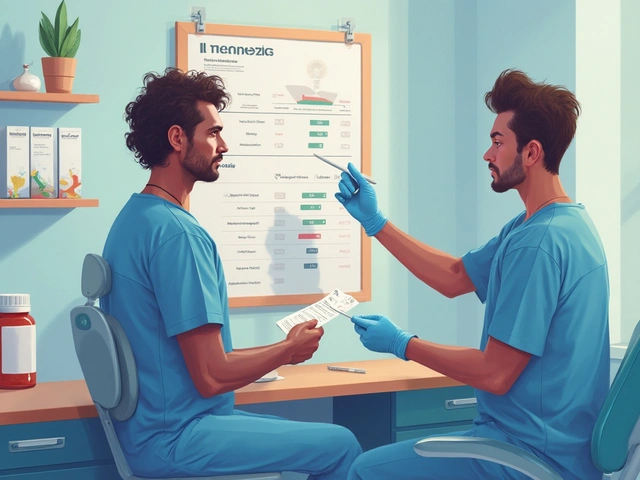Urinary incontinence: Practical help for bladder leaks
Bladder leaks are more common than most people admit. If you cough, laugh, or rush to the toilet and leak, you’re not alone—and you don’t have to live with it. This page gives clear, usable steps for quick relief and longer-term improvement.
Know the types — that matters for treatment
Stress incontinence happens with pressure on the belly (coughing, lifting). Urge incontinence gives you a sudden, strong need to pee and you can’t hold it. Overflow incontinence is when the bladder doesn’t empty well and dribbles. Functional incontinence comes from mobility or cognitive problems. Identifying which type you have points to the right fix.
Pelvic floor weakness often causes stress leaks. Overactive bladder drives urge leaks. Nerve issues, infections, certain medicines, and constipation can also cause or worsen leaks. A quick symptom check helps you and your clinician pick the best plan.
Practical steps you can start today
Try pelvic floor exercises (Kegels): tighten the muscles you’d use to stop urine, hold 3–5 seconds, relax 3–5 seconds. Do three sets of 10 each day. If you’re unsure which muscles, try stopping your stream once—then don’t make that a habit for emptying, only for finding the right muscles.
Bladder training helps urge leaks. Delay urination by 5–10 minutes when you feel the urge, gradually increasing the gap. Track bathroom visits with a diary for a week—this shows patterns and progress.
Small lifestyle changes help a lot. Cut caffeine and alcohol, lose a few kilos if you need to, manage constipation, and time fluids (don’t overload before outings). Wear breathable, snug-fitting pads for protection and to avoid skin irritation.
Medications can reduce urgency and frequency. Antimuscarinics (like oxybutynin) and beta-3 agonists (like mirabegron) are commonly used. Topical vaginal estrogen helps some women. Always talk to a doctor before starting drugs—especially if you have heart issues, high blood pressure, or multiple meds.
If conservative steps don’t work, there are simple procedures: bulking injections, mid-urethral slings for stress leaks, sacral neuromodulation for urge symptoms, and Botox in the bladder for severe overactivity. A urologist or urogynecologist can explain risks and recovery times.
When to see a doctor? If leaks start suddenly, follow blood in the urine, cause skin problems, or if you can’t control them despite self-care. Also see someone if urinary symptoms disrupt sleep, sex, or daily life—treatments can really improve quality of life.
Products matter: look for pads rated for your level of leakage, moisture-wicking materials, and odor control. For heavy or persistent leaks, ask about referral options and clinics that specialise in pelvic floor rehab.
Want help making a plan? Start by tracking leaks for a week, try pelvic floor exercises daily, cut caffeine, and book a check-up if things don’t improve. Small changes often bring big wins.






